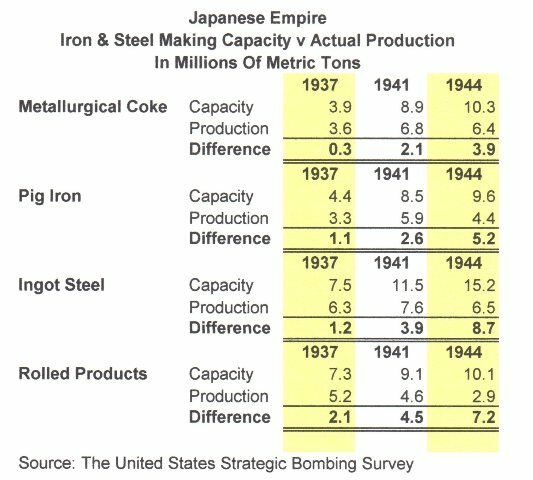By that i mean a conversion like they've done to Ise and Hyuga. Let's assume for a moment that the Ises are not converted that way (they were useless anyway as hybrids), but the resources are diverted toward Shinano. Would it take less time to finish Shinano in a BB-XCV configuration rather than a full CV as in OTL? I'm curious whether it could have been ready in time for Leyte.
And the reason for a BB-XCV and not a fully fledged BB is becuse there weren't enough 18 inch guns available, as i understand there were 2 test guns plus 7 new ones (some partially finished) apart from those on Yamato and Musashi, and two partially finished turntables. So focusing on finishing Shinano with 2 triple turrets and six guns plus catapults and floatplanes at the back could possibly get her ready before the OTL CV conversion? Could they launch her much earlier (like sometime in 1943) if they don't convert her to a full CV and just continue with the BB hull building timetable? Then after launch they fit turrets, superstructure and flight deck aft.
And while at this concept, how about same for Ibuki, finishing like a sister ship to Mogami (in her post Midway configuration) with 6 guns at the front and 11 floatplanes at the back. I have read than when they decide to convert Ibuki to CV they actually had to dismantle stuff first (i'm not sure if the same was true for Shinano, but it stood on the slip for an inordinate amount of time) like superstructure and half the machinery.
And the reason for a BB-XCV and not a fully fledged BB is becuse there weren't enough 18 inch guns available, as i understand there were 2 test guns plus 7 new ones (some partially finished) apart from those on Yamato and Musashi, and two partially finished turntables. So focusing on finishing Shinano with 2 triple turrets and six guns plus catapults and floatplanes at the back could possibly get her ready before the OTL CV conversion? Could they launch her much earlier (like sometime in 1943) if they don't convert her to a full CV and just continue with the BB hull building timetable? Then after launch they fit turrets, superstructure and flight deck aft.
And while at this concept, how about same for Ibuki, finishing like a sister ship to Mogami (in her post Midway configuration) with 6 guns at the front and 11 floatplanes at the back. I have read than when they decide to convert Ibuki to CV they actually had to dismantle stuff first (i'm not sure if the same was true for Shinano, but it stood on the slip for an inordinate amount of time) like superstructure and half the machinery.
Last edited:


